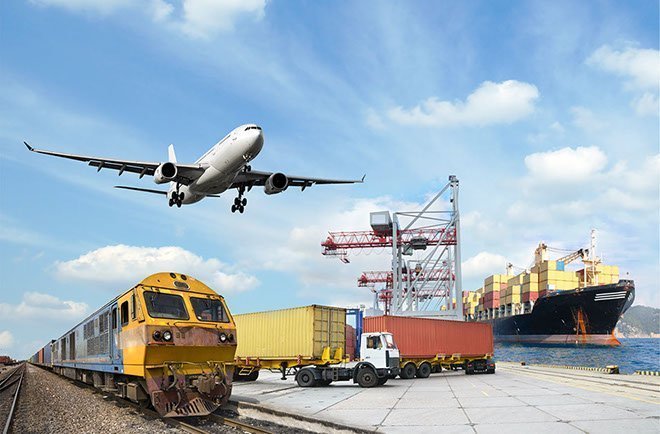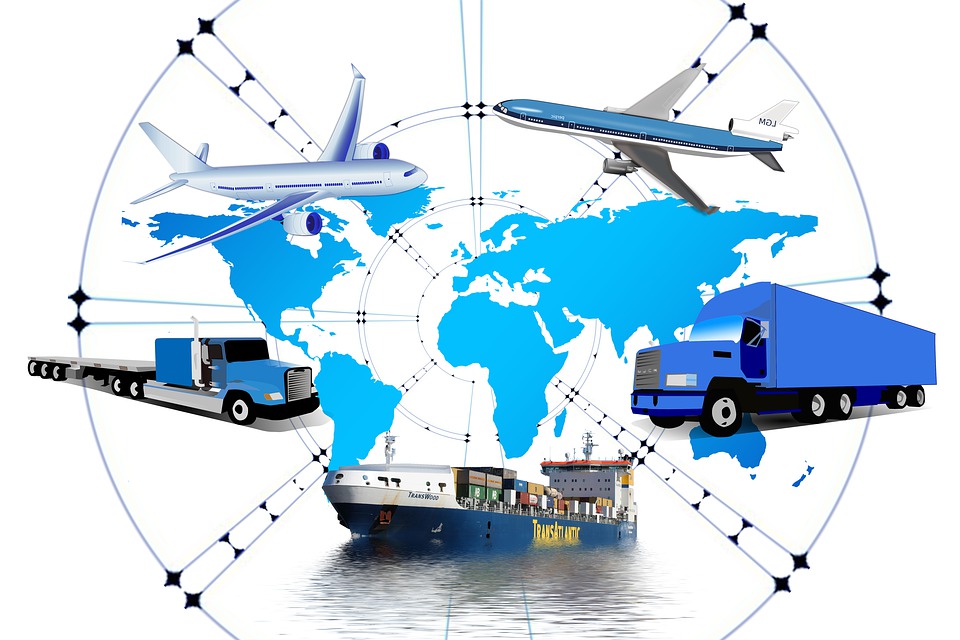Intermodal Vs. Multimodal Transportation, What is the Difference?

When we talk about transporting goods, the two most commonly used terms that describe the method of moving them are intermodal and multimodal transportation. Both intermodal and multimodal transportation includes cargo movement from one place to another using more than one mode of transportation. It can be rail, truck, barge, ship, or any combination. Both can also mean that various carriers operate a single leg of the journey.
While choosing a carrier for your cargo, you should know about the difference and communicate your needs with your provider. Reach out to DT Lines, the Best Transloading Services in California, and transport your goods efficiently.
Multimodal Transportation
In multimodal transportation, the whole journey is covered under one contract. A single carrier is responsible for delivering the goods door-to-door, even when multiple carriers are involved in the process.

Multimodal transportation is transporting cargo from one place to another using various modes of transportation. Single or numerous carriers operate every method, but when in a single contract, a single carrier handles the whole operation. That single carrier takes the shipment across all the legs and modes.
Advantages of Multimodal Transportation
Multimodal transportation holds various advantages; the first is fewer overheads for you. Companies that handle multimodal shipping can take the delays in one leg of the shipment in contrast with the other without your involvement. This shipping method offers a one-stop solution, so the provider handles all aspects, offering you peace of mind and ease. Its advantages are:

- Delivering goods on time
- Ability to monitor with one transport carrier from door-to-door
- Minimizes the logistics coordination expenses
- Provides access to remote parts of the world
Intermodal Transportation
Intermodal transportation includes a separate contract for an individual leg of the journey. It means that more than one responsible entity is involved in successfully delivering the goods. Intermodal transportation is moving cargo from one place to another using different modes of transportation. Each leg includes an independent contract and is operated by another carrier. A separate transport carrier handles several carriers in a single journey. Contact the Best Transloading Services in California and deliver your inventories on time.
Advantages of Intermodal Transportation
There are several advantages of intermodal transportation; you can negotiate the terms with each company which means more overheads for you, and you will have to keep track of several contracts with different providers. Also, you will be responsible for handling the delays. Its advantages are:
- Shippers have a choice; they can choose the carriers that provide services at low costs
- High security of products that are being transported
- The shippers have access to equipment and can control the selection and quality of transit schedules
- Shippers can lower their carbon footprint by choosing environment-friendly carriers
- Shippers gain the special and flexible handling of loading and unloading goods at different ports
Conclusion
Whether you choose intermodal or multimodal shipping, you will need a Transportation Management System (TMS) to ensure door-to-door tracking visibility. With this, you can perform the routing scenarios to determine the best shipping costs and the overall shipping transit time.



